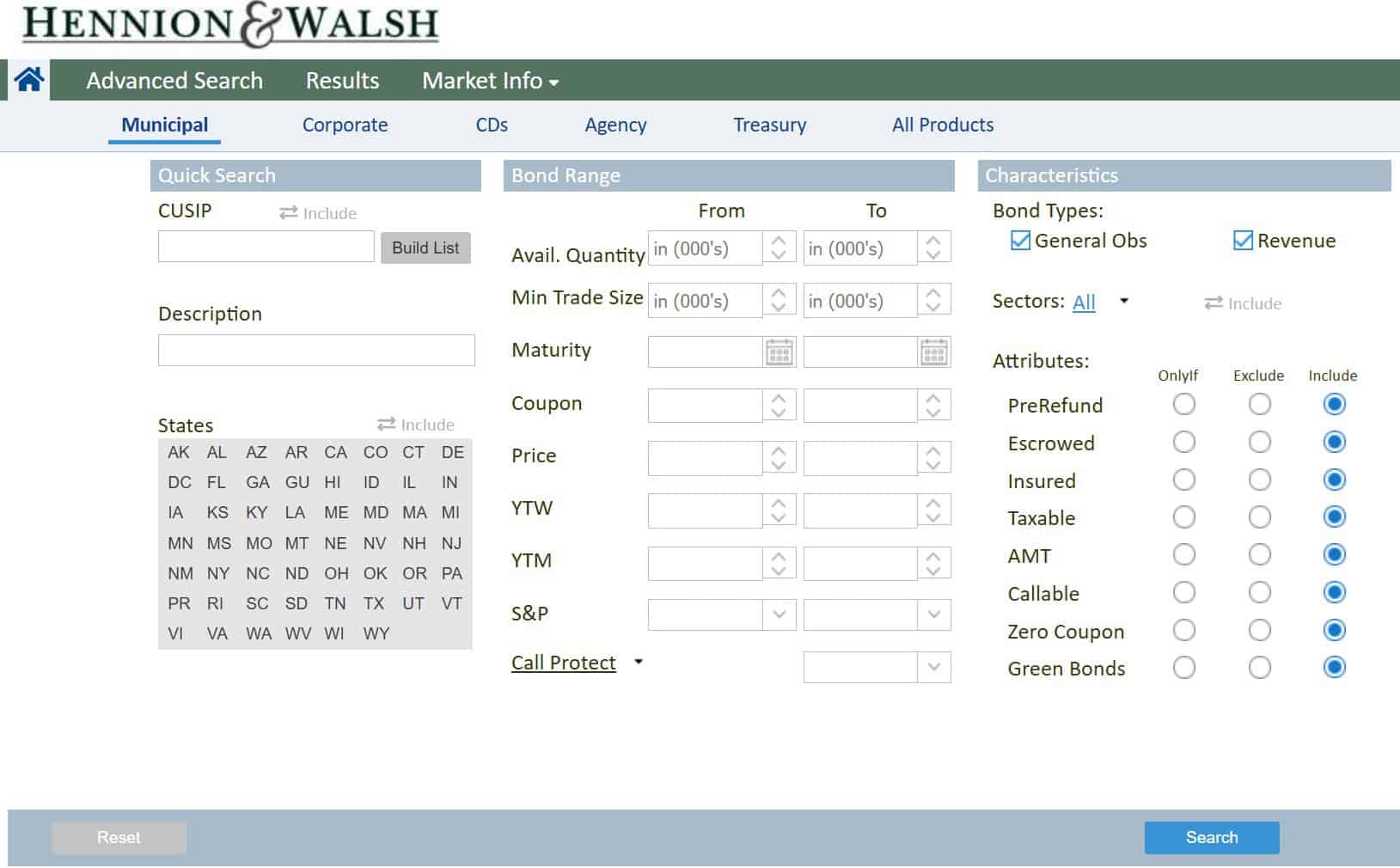
2024 Social Security Insights: Key Updates for Investors
Decades ago, retirees could rely on the proverbial gold watch and the promise of unwavering financial support from Social Security in their twilight years. Yet, the landscape of retirement funding is evolving. Change is imminent. As investors observe the horizon of fiscal policy, particularly that which concerns Social Security, the 2024 updates beckon a significant degree of scrutiny and strategic consideration.
Adjusted Social Security Benefit Amounts
The annual cost-of-living adjustment (COLA) for Social Security benefits is determined by fluctuations in the Consumer Price Index for Urban Wage Earners and Clerical Workers (CPI-W). For the year 2024, beneficiaries will see an increase in their monthly disbursements, reflecting the recent economic inflationary trends. This enhancement is engineered to preserve the purchasing power of Social Security benefits amidst escalating living costs.
Investors should note that this augmented payout may influence consumer spending patterns. Heightened benefit amounts typically stimulate consumer expenditure, potentially buoying sectors of the economy tied to retiree spending. Vigilance in monitoring these trends will be essential for astute portfolio management.
Cost-of-Living Adjustments (COLA)
Social Security recipients will see an uptick—COLAs ensure benefits keep pace with inflation. The Social Security COLA is a vital anchor in turbulent inflationary seas, offering stability to beneficiaries’ financial standing. As inflation dictates benefit increases, investors should note potential impacts on the broader economy and consumer behavior. This COLA increment aligns benefits with rising living costs, affecting sectors reliant on retiree spending and influencing fiscal outlooks.
Impact on Social Security Monthly Checks
The 2024 Social Security update heralds an increase in monthly benefits, reflective of the latest cost-of-living adjustment (COLA). This numerically significant boost is anticipated to uplift the financial circumstances of beneficiaries, who rely on these resources for their day-to-day expenses.
Disbursements will swell, amplifying recipients’ purchasing power. Such magnified expendable income is expected to cascade into increased consumer activity. However, augmented payouts may not exclusively signal monetary ease. Rising prices (impacting goods and services indispensable to retirees) could erode some of these gains.
Monthly benefits are thus poised to extend further in alleviating the financial load on beneficiaries, potentially altering consumer spending patterns and market dynamics. Beneficiaries can anticipate tangible increases to meet their living expenses, which in turn introduces variables that are critical to understanding future investment environments and opportunities.
Investors must weigh how retirees’ bolstered monthly cash flow might impact sectors. Heightened spending capacity among Social Security recipients could certainly spur economic activity, but the effect on long-term savings and investment patterns requires careful scrutiny.
Updated Earnings Limits
For 2024, Social Security has adjusted the earnings limit thresholds upward. This recalibration signifies that beneficiaries who are younger than full retirement age can earn additional income before benefits are reduced. For those reaching their full retirement age in 2024, a higher earnings limit applies until the month they attain that milestone.
These revised thresholds reflect changes in the national wage index and aim to accommodate for wage growth. Hence, retirement planning must factor in these updated parameters, assessing their implications on a retiree’s financial strategy and taxable income considerations.
Increased Taxable Earnings Cap
The cap on taxable earnings has risen. In response to inflation and wage growth dynamics, the Social Security Administration adjusts the maximum amount of earnings subject to the Social Security tax annually. For 2024, this cap has increased, ratcheting up the taxable earnings ceiling. Importantly, this shift may influence the tax burden for higher-income earners, potentially impacting investment strategies focused on tax-efficient returns.
The new cap reflects wage inflation adjustments. Employers must now withhold Social Security taxes up to the new threshold. For high earners, this means a larger portion of their income is subject to Social Security taxes, which could affect disposable income and subsequent investment capacity.
Understanding the cap’s impact is essential for strategic planning. The implication for investors is two-fold – increased tax revenue may bolster Social Security’s financial health, while potentially reducing high-income earners’ capacity to invest in municipal bonds due to elevated tax obligations.
Investors should monitor upcoming tax statements closely. As the Internal Revenue Service implements these changes, the resultant shift in tax liabilities must be considered in the context of 2023 year-end planning. Such adjustments might necessitate a recalibration of portfolios to align with the new taxable earnings cap and its implications on after-tax investment returns.
Effect on Work Incentives
The 2024 Social Security Update introduces adjustments that directly influence work incentives.
- Increased Earnings Test Exempt Amount: Workers may earn more before benefits are reduced, potentially encouraging continued participation in the workforce.
- Delayed Full Retirement Age (FRA): Extending the age for unreduced benefits may motivate longer employment durations.
- Benefit Recomputation for Continuing Workers: Enables higher lifetime benefits for those working past FRA, which could incentivize delayed retirement.
These changes serve to subtly shift the retirement planning landscape. Specifically, the recalibration of incentives may alter retirement timing and savings strategies.
Changes in Retirement Age
The 2024 Social Security Update heralds a consequential change for future retirees: a modified Full Retirement Age (FRA). For individuals born in 1960 or later, the threshold to receive unreduced benefits advances to 67 years. This two-month increment from the previous age bears significant weight on retirement planning, not only recalibrating the retirement horizon but also impacting benefit calculations.
As a result, individuals on the cusp of retirement must reevaluate their exit strategies. The extension of the FRA may necessitate deferring benefit claims to optimize lifetime social security income, potentially reshaping investment outlooks and portfolio structures for imminent retirees.
Full Retirement Age Adjustments
The pivotal adjustment in the Full Retirement Age (FRA) for Social Security benefits warrants close scrutiny.
- Individuals born in 1960 or later: FRA now begins at age 67.
- Delay in benefits: Claiming benefits before age 67 will result in reduced monthly payments.
- Increased age for maximum benefits: Delaying benefits past age 67 may increase monthly payments, up to age 70.
Investors should reexamine retirement timelines and financial strategies in light of these changes. Given these updates, recalibration of retirement planning tools and assumptions is imperative for investors.
Early Retirement Penalties
Early retirement options have been recalibrated with penalty increases. The adjustments heighten the implications for claimants who opt for early benefit commencement. Claiming before FRA now yields steeper reductions. It’s a significant decision point for investors. Individuals choosing early retirement face amplification in the benefit reduction percentage. This escalates the financial stakes for those electing to retire before reaching their FRA.
The magnitude of these penalties necessitates a rigorous analysis of potential retirement scenarios. Intersecting with life expectancy considerations, market conditions, and inflation forecasts, the revised penalties add complexity for investors evaluating the trade-offs between early retirement and delayed benefits. Accurate projections must account for these elevated penalties to ensure a strategic and financially prudent retirement plan.
Implications for Investment Strategies
The enhanced penalties for early retirement under the 2024 Social Security update necessitate a prudent reassessment of bond ladders and other fixed-income instruments within an investor’s portfolio. This recalibration will align the timing and cash flow requirements of these instruments, against the newly extended horizon until full retirement age benefits are accessed.
Further, investors must vigilantly scrutinize their portfolio’s risk exposure, especially in municipal bond markets, to compensate for potentially lower Social Security benefits should early retirement be contemplated. The implications of the update introduce an imperative to recalibrate risk profiles and investment timeframes.
Balancing Portfolios with Social Security Changes
As the Social Security landscape shifts in 2024, investors should be acutely aware of the direct relationship between Social Security benefits and their fixed-income assets. Portfolio diversification strategies must be revisited, incorporating the updated Social Security framework to maintain desired income levels throughout retirement.
Mitigating the risk of overexposure to certain asset classes is now more crucial than ever. Adjusting fixed-income positions is imperative to align with the new realities facing Social Security recipients. Strategically, assessing the impact of these Social Security changes on one’s income stream is vital. Properly structured asset allocations can help cushion against the increased penalties for early retirement.
Given the increased penalties for early retirement, investors should consider the merits of scaling into positions. This progressive approach may better match anticipated income needs with the more penalized Social Security payouts. The increased full retirement age under the 2024 update could necessitate a reevaluation of annuities and similar financial instruments. Investors should analyze how these vehicles can bolster income during the longer waiting period for full benefits. Ultimately, the new Social Security parameters should intensify the focus on longevity risk. Ensuring portfolios are sufficiently diversified to weather an extended retirement phase is now more pressing than ever.
Long-Term Planning Amidst Reform
Investors must recalibrate their strategies to account for Social Security’s evolving landscape.
- Review and adjust retirement timelines in light of the new full retirement age
- Analyze the effect of amended cost-of-living adjustments on long-term financial plans
- Assess the implications of altered taxation thresholds on retirement income
- Consider the potential impact of future legislative changes on Social Security benefits
The 2024 Social Security update demands a reassessment of financial projections. Navigating these changes requires a proactive approach, ensuring investment portfolios align with amended Social Security policies.
Disclosures:
This commentary is not a recommendation to buy or sell a specific security. The content is not intended to be legal, tax or financial advice. Please consult a legal, tax or financial professional for information specific to your individual situation. Investing involves risk including possible loss of principal. Past performance is no guarantee of future results. Diversification does not guarantee a profit or protect against loss.




